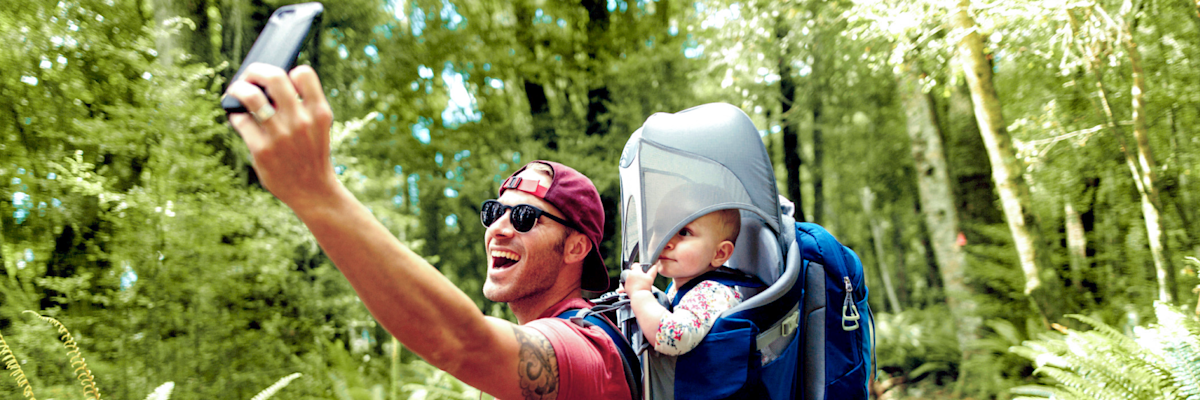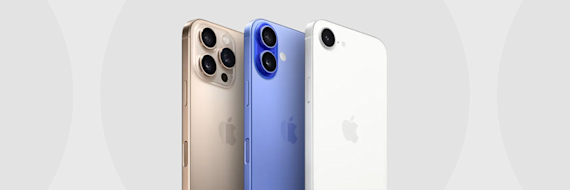According to the Ellen MacArthur Foundation , a UK-based nonprofit charity established in 2010 and considered the leading think tank of the circular economy, the circular economy refers to “a systems solution framework that tackles global challenges like climate change, biodiversity loss, waste, and pollution.”
But how does the circular economy actually work? And how is Grover playing a role in terms of how we access and use products? Let’s dive in.
Understanding the circular economy
Every year, Americans toss out an estimated 150 million old cell phones.
Not only is this a security risk, since many don’t clear their data before tossing, it’s also a symptom of our throwaway society. Sure, Marie Kondo may have normalized (and even celebrated) the act of getting rid of things that no longer “spark joy” but do we need to own so many things in the first place?
In essence, no. Given the fact that households around the world send approximately two billion tons of waste to landfills each year, it’s no wonder everyone (including Grover) is concerned. And let’s be fair, this idea of “throwing something away” doesn’t really exist, either. Something always ends up somewhere, whether that’s in a recycling center, an overcrowded landfill, or our beautiful oceans.
Here’s where the circular economy concept comes into play, offering us the opportunity to first reduce the mountains of waste we create by ensuring that all resources remain in circulation for as long as possible. Case in point with Grover—4 cameras in its active product portfolio have already been rented out 20+ times. Now that’s something to be proud of.
The three Rs
Reduce, reuse, recycle.
While recycling is a necessary component of a successful circular economy, it’s far more important to first reduce. Reducing is not just about design, either. It’s about reducing the amount of products that are initially produced. But when something is produced, it should be done in a circular way—meaning its entire life cycle is taken into account and uses as few raw materials as possible.
Reusing products means extending their life cycle and making the most out of the materials used in their manufacturing. In fact, according to a study by the European Environmental Bureau (EEB), extending the life of smartphones and other electronic devices by just one year would save the EU as much CO2 emissions as taking two million cars off the road ,
Only when it’s no longer possible should products be broken down again into their raw materials, which can ultimately be recycled. Remember that before we even think about recycling a device, we should first extend their life cycle by repairing them and using them longer—preventing them from ending up in the trash.
Join the circular economy with Grover
Becoming part of the circular economy is not as big of a hurdle or investment as one might think. The first step? Start accessing and using products differently.
Case in point—subscribing to tech with Grover. Instead of ending up in the e-waste bin, each piece of Grover equipment is repaired, refurbished, and rented out again to like minded consumers. This means less devices and more value for customers. A win-win, right? To date, Grover has proudly circulated more than 820,000 products and in 2021 alone, refurbished (aka cleaned and wiped data) around 85,000 products.
The beauty of the circular economy is that it’s popping up everywhere. From clothing to cars, there are so many more sustainable service solutions available than ever before, meaning you only pay for things as long as you need them and return them to the manufacturer or provider.
Ready to join the circular economy? Check out Grover’s offerings today .



